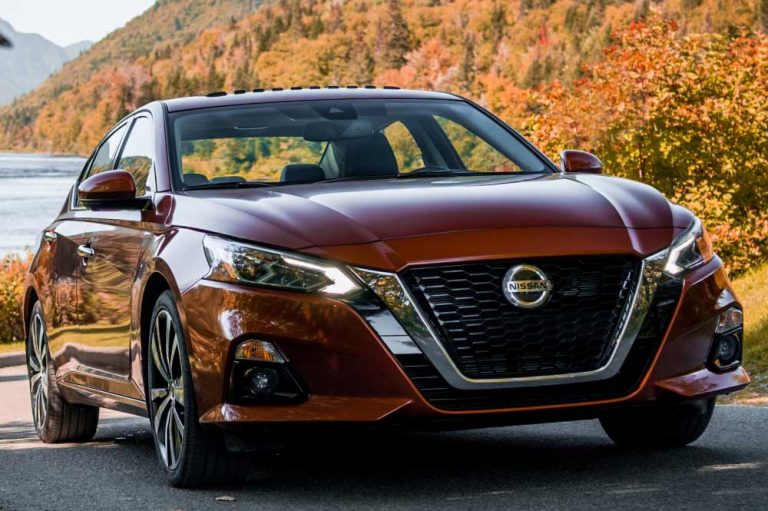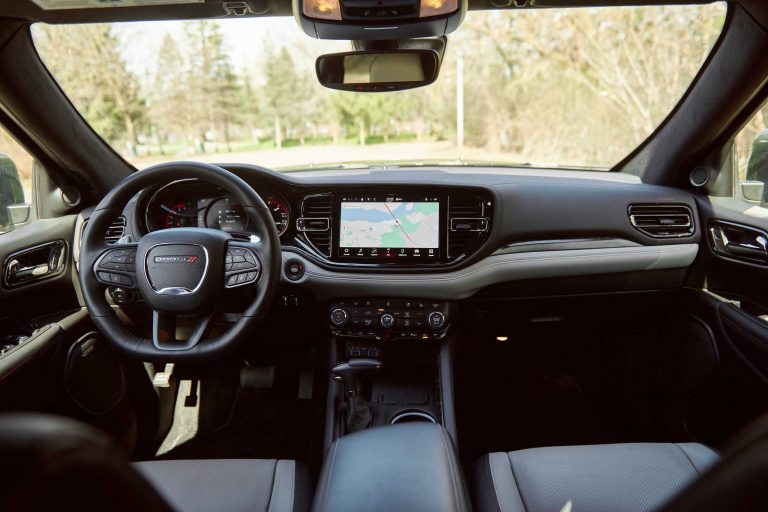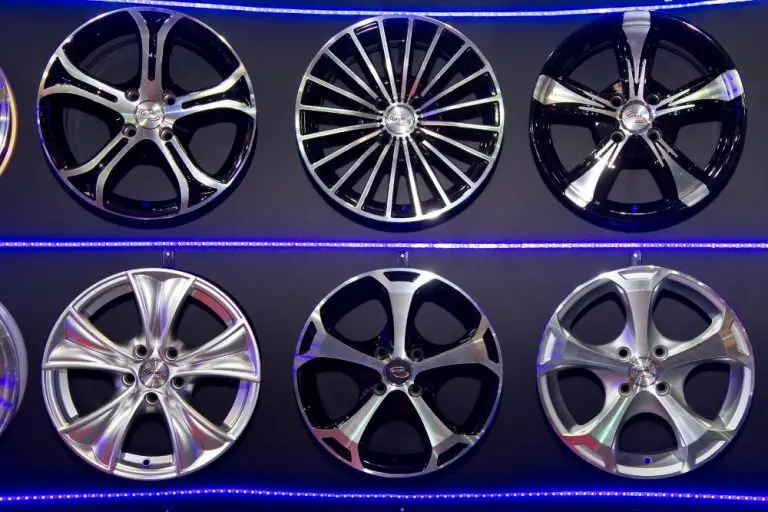Why The G23 Engine Is Amazing And What You Need To Build It
The Honda G series of engines has a pretty extraordinary reputation as a whole. The G23 engine surpasses the rest of the family and most others, and without a doubt falls under the bracket of a “generational engine”. The G23 engine is powerful, fast, highly versatile, and pretty darn good value for money. Like, really freaking good.
Despite its prowess, many people don’t quite grasp why the G23 engine is so impressive. What is the G23 engine, why is it so impressive, is it really as good value as many people claim, and what do you need to build a G23 engine yourself – well, you have come to the right place, we have all of that information and more. Let’s get into it.
A Summary Of The Honda G Series Engines
The Honda G series is a diverse family of engines that are all slanted inline gasoline engines, and each makes use of five inline cylinders. The G series is a uni-overhead camshaft engine that follows the traditional model of having 4 valves per cylinder.
Instead of having the expected 16 valves of most engines the G series has 20 (5 cylinders x 4 valves). The Honda G series ran from 1989 until 1998 and was used in the Honda Vigor, Rafaga, Ascot, Inspire, and more famously – the Honda Acura TL. It was additionally used exclusively in the Honda Saber which was only available domestically in Japan.
Why Is The G23 Engine So Amazing?
The Honda G23 engine is an incredible hybrid of the F23 engine block with H22 cylinders all strapped together to create a 2.3-liter VTEC engine that is an absolute monster to behold. The kind of power and performance that the G23 provides is pretty exceptional but compared to other members of the F, H, or G series family it is not ludicrous by any means.
The G23 combines the F23A which produces 150 brake horsepower and 152 lb-ft of torque with the H22 which produces 185-220 brake horsepower. Both of those engines have a relatively good compression ratio of 9.3:1 (F23) and 10.1 (H22).
The reason that the G23 excelled so much is that it is so darn cheap compared to other engines. That’s not to say it’s a cheap feeling engine and you definitely don’t get the feeling that you have skimped and saved to try to put together a second-rate engine.
The G23 engine feels like it should cost 4 times as much as it does. Going by the way it feels to drive and the comparison costs to other, similar, engines. The G23 is undeniably an exceptional engine. Let’s get into the nitty-gritty of the matter a little more.
Can I Turbocharge A G23 Engine?
A G23 engine is a hybrid of two other Honda engine types (not to be confused with a Hybrid gas/electric engine) so the concept of turbocharging might seem a little scary at first. It is already two different engines forced to coexist so there likely isn’t much room for many more changes and accommodations, which a turbocharger definitely is.
Luckily, both of the engines that the G23 uses as its frame are suitable for turbocharging as they have reasonably low engine compression ratios. So, yes, if you are willing to spend the money you can certainly turbocharge a G23 engine. And here’s the real kicker.
If you were to build a G23 engine and then turbocharge it there is a super high chance it would be quite a lot cheaper than if you had simply bought a “better” engine. You get a heck of a lot more performance and power for a heck of a lot less money.
What Do I Need To Build A G23 Engine?
So, you have decided that with all the information provided you are interested in building a G23 engine of your own. This article assumes you have the knowledge and know-how and are more interested in what parts you would need to build it. So, without giving you a step-by-step assembly guide here are all the components needed to build a G23 engine of your own:
- An F23A Complete short engine block (including block, conrods, crank, oil pan, oil, and water pump, crank timing gears/cogs and pulley, waterlines, and sensors) – You can find all of these used as a set for about $200 before you panic at the idea of trying to find someone selling all of these parts together.
- H22A complete heads, head, and valve covers, intake manifolds, throttle, fuel rail/lines, headers, and distributor.
- H22A crankshaft timing cog/gear.
- H22A timing belt.
- H22A head studs.
- H22A head gaskets.
- K20A pistons (OEM) including piston rings ACL F23 bearings, and H22A gaskets.
- B-series transmission (manual only).
- Bolts for oil draining (plus spares, this will only be a couple of bucks).
- B-series clutch/clutch pad and flywheel.
- DA Integra axles.
- Fabrication mounts, linkage, intake, and exhaust.
How Much Does It Cost To Build A G23 Engine?
All of the above is going to cost about $1750-$1900 depending on which parts you go for new and which you choose to use used. It is pretty clear which parts you can find new and which should be used based on their cost. If you want to go all out then you could, in theory, go for an entirely OEM “new” build but that would cost about $2500 and kind of defeats the purpose of the G23 engine a bit.
Conclusion
As you can see, the G23 engine is pretty spectacular, and while the list of components needed to build one is long-ish it’s not absurd and super manage. You could do it on one weekend if you were well organized.
The G23 is often compared to the K24 engine as they have exceedingly similar qualities and specs in many ways. However, the K24 will cost closer to $8000 for the same power. Some very elementary school math tells us that the G23 is the better engine. This hybrid monster is called Frankenstein’s monster for a reason!






